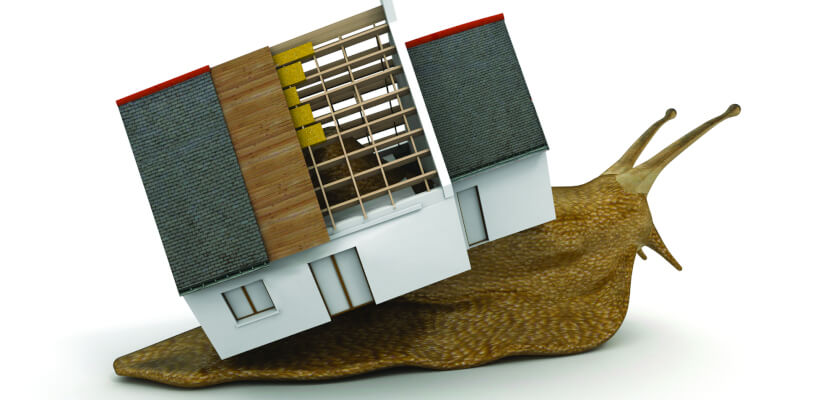Slowest month-on-month growth conditions, quarterly dwelling values revealed
With top hotspots recording only a 0.1 per cent rise in dwelling month-on-month growth, experts have urged investors to take caution.

According to the CoreLogic April 2017 Home Value Index Results, hotspots in Sydney and Melbourne saw a combined rise of 0.1 per cent growth, the slowest month-on-month growth since December 2015.
To continue reading the rest of this article, please log in.
Create free account to get unlimited news articles and more!
These results follow after large capital gains from the second half of 2016 and the first quarter of 2017, as well as a dwelling value rise of 75.1 per cent over five years.
Despite this result, Tim Lawless, head of research at CoreLogic, was still positive.
“The trends generally remain positive, with quarterly growth of 2.9 per cent across the combined capitals index,” Mr Lawless said.
Nationwide, Hobart had the highest rise in dwelling values at a 5.1 per cent for the last quarter and a median dwelling price of $363,000, which CoreLogic reveals makes it the third best performing capital city on an annual basis.
Following Hobart was Sydney at 4 per cent for the quarter, then Melbourne at 3.9 per cent at median dwelling prices of $860,000 and $650,000 respectively.
Next was Adelaide and Canberra rising 1.8 per cent and Brisbane rising 0.8 per cent for the quarter with median dwelling prices at $430,00 and $605,000 respectively.
Darwin and Perth were the only capital cities to see a fall in dwelling values at -0.9 per cent and -2.4 per cent for the quarter with median dwelling prices at $467,000 and $472,000 respectively.
Despite Hobart’s success, Mr Lawless urged caution in calling the result a “peak”.
“We need to be cautious in calling a peak in the market after only one month of soft results,” he said.
“April, in particular, coincides with seasonal factors including Easter, school holidays and ANZAC day long weekend. The softer results should also be viewed against a backdrop of an ever-evolving regulatory landscape which is firmly aimed at slowing investment and interest-only mortgage lending.
“Testament to this is mortgage rates which have been edging higher, particularly for investors and interest-only loans, as well as rental yields which have been hovering around record lows. The higher cost of debt, as well as stricter lending and servicing criteria, has likely dented investment demand over recent months.”
In cities such as Sydney where more than half of new mortgage demand at 57 per cent comes from investors, Mr Lawless added that tighter lending environments for investing purposes have the potential to impact housing demand more than other cities.
